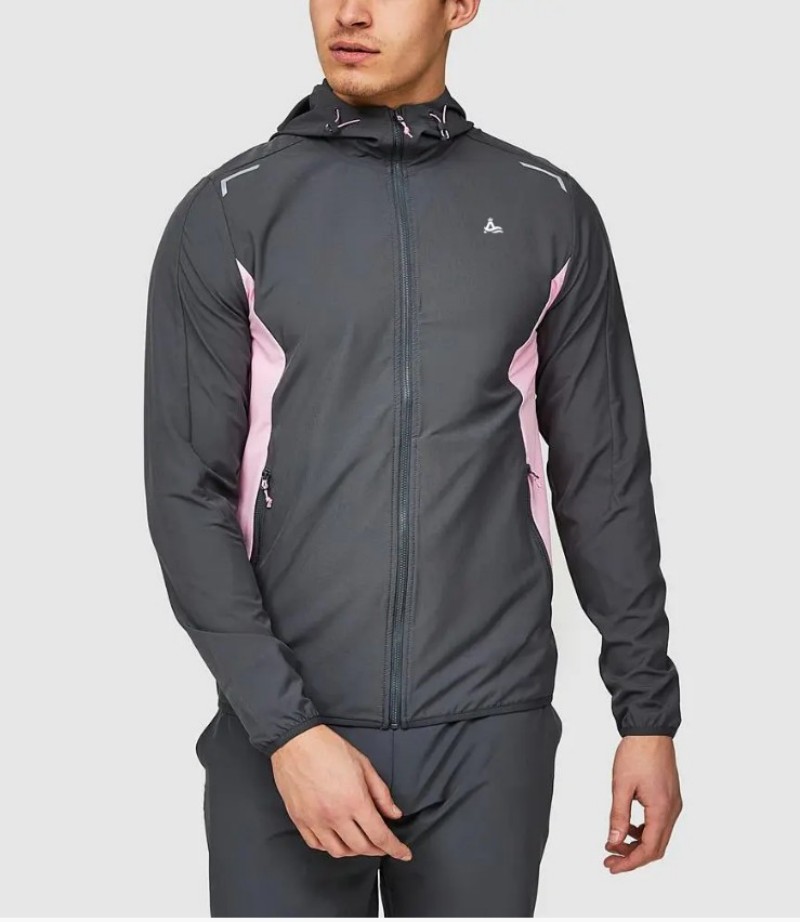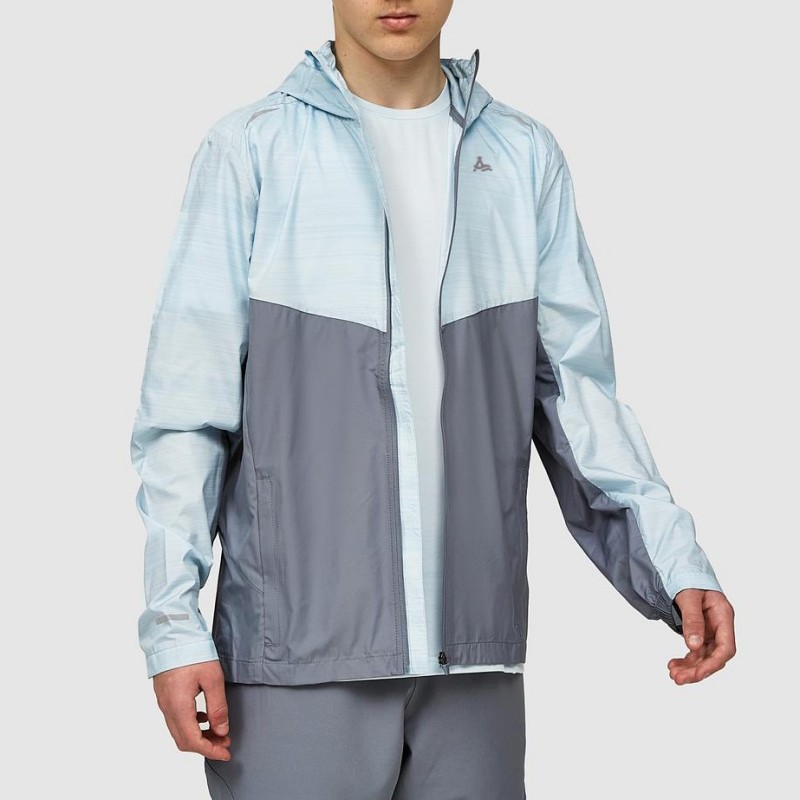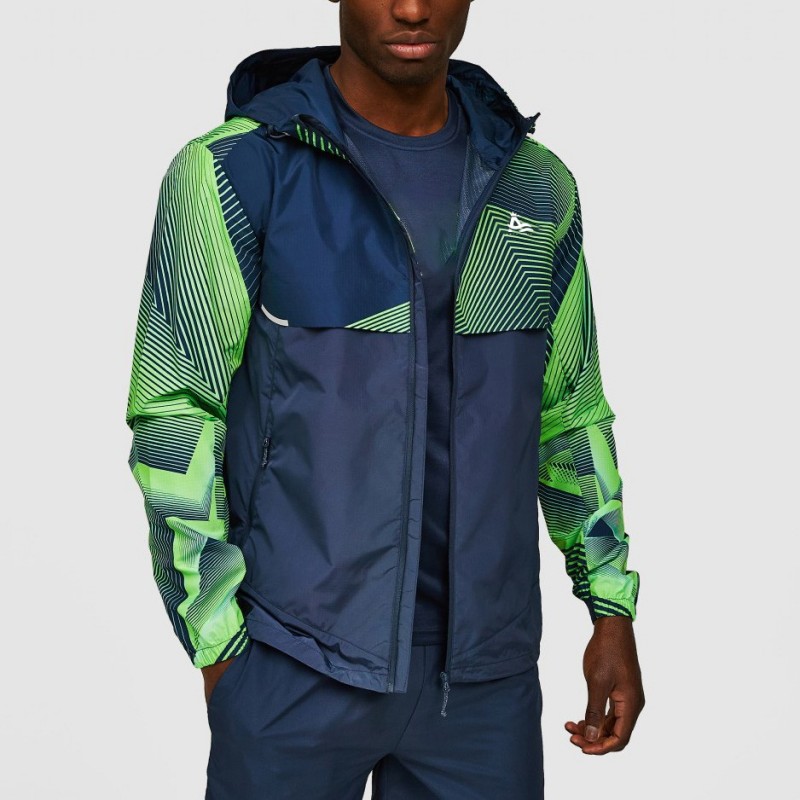
Hardshell and Softshell are two common types of outerwear in outdoor sports, each with different functional focuses and suitable for different environments and needs. In this article, we will provide a comprehensive comparison of Hardshell and Softshell across nine dimensions to help you determine which one is the ultimate choice for your outdoor adventures.
Different Functional Focuses:
Hardshell
● Functionality: Offers the best windproof and waterproof performance.
● Environmental Adaptability: Designed for use in severe rain and snow conditions, although some products claim to be waterproof in heavy rain, this is rarely achieved.
● Suitable Activities: Ideal for winter sports, as well as continuous activities in light to moderate rain, such as hiking or mountaineering in rainy weather.
Softshell
Nine-Dimensional Comparison:
Waterproofness
● Hardshell: Utilizes waterproof breathable membranes and taped seam designs, typically with 2L, 2.5L, or 3L structures. These jackets are specifically designed to withstand the harshest outdoor conditions and offer superior waterproofing.
● Softshell: The outer fabric is usually treated with a Durable Water Repellent (DWR) finish, which provides water-repellent properties but not complete waterproofing. They can handle short-term exposure to light rain, splashes, or light snow but are not suitable for prolonged exposure to wet conditions.


Windproofness
Hardshell: With waterproof breathable membranes, fully taped seams, and adjustable hoods, collars, cuffs, and hemlines, Hardshell jackets excel in wind protection.
● Softshell: Generally have slightly lower windproof capabilities than Hardshell jackets. However, some Softshell jackets, especially those named Wind Jackets, use higher-density weaves and can provide good wind resistance. Softshell jackets made with GORE-TEX INFINIUM™ fabric can almost match the windproof performance of Hardshell jackets.
Breathability
● ardshell: While the primary function of Hardshell jackets remains protection, many modern Hardshell products designed for high-intensity activities feature underarm ventilation and more breathable fabrics. However, during prolonged high-intensity activities, they can still cause a buildup of heat and moisture inside.
● Softshell: The non-waterproof design results in lower overall sealing, and the fabric structure and elastic fibers used help to dissipate water vapor, effectively expelling heat and moisture generated during physical activities
Weight
● Hardshell: Due to the waterproof breathable membrane and multi-layer construction, Hardshell jackets typically weigh between 300-600g, with some being even heavier. Hardshell jackets designed specifically for trail running usually weigh less than 200g.
● Softshell: The weight of Softshell jackets varies significantly depending on the level of insulation. For example, the ultra-light Black Diamond Alpine Start weighs around 200g, while the Arcteryx Gamma MX Hoody can weigh up to 585g
Packability
Packability largely depends on the specific product design. It is difficult to make a direct comparison between the two categories. Generally, ultra-lightweight jackets, whether Hardshell or Softshell, tend to have excellent packability. In contrast, heavier Hardshell and Softshell jackets are usually less easy to pack


Durability
● Hardshell: Although the outer fabric of Hardshell jackets is typically made of durable, high-density nylon suitable for activities like climbing and skiing that require maximum protection, the performance of taped and membrane products may gradually decline over time. However, they can still be used for everyday purposes.
● Softshell: Unlike Hardshell products, Softshell jackets do not involve the performance degradation associated with taped and membrane processes over time, making them generally more durable.
Comfort
● Hardshell: Hardshell jackets emphasize protection, and the fabric is usually stiffer with a noticeable plastic feel, resulting in average comfort levels.
● Softshell: Softshell jackets are made from softer and more flexible fabrics, providing a more comfortable and form-fitting wear
Warmth
● Hardshell: Hardshell jackets do not provide insulation and cannot be used as a standalone warm layer. They need to be paired with mid-layers for warmth.
● Softshell: Most Softshell jackets offer varying degrees of warmth
Stretchability
● Hardshell: The outer layer of Hardshell jackets is usually made of tough nylon with low elasticity, focusing on protection.
● Softshell: Softshell jackets are typically made from stretchy fabrics, providing better flexibility. However, some Softshell jackets that prioritize protection may have less stretch.
Comprehensive Evaluation:
The choice between Hardshell and Softshell jackets is never absolute and should be based on weather conditions, route information, and the type of activity. Scientific and rational outdoor attire can help us adapt to the ever-changing outdoor environment and ensure a more comfortable and safe outdoor experience.


Post time: Apr-25-2025